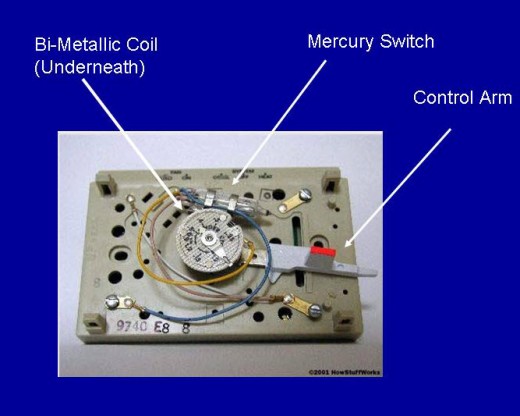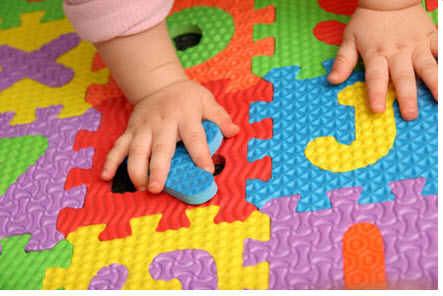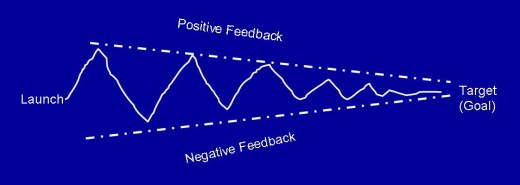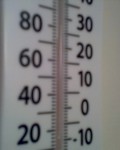Achieving Your Goals, Step-by-Step
The purpose of this hub is to give you information that will help you achieve your goals. I started thinking about this after the first of the year. There are so many people who start New Year Resolutions, but don't follow through with them and therefore become discouraged or just give up.
The Difference Between Resoulutions and Goals
I believe one of the problems is that they see it as a resolution, but not as achieving a goal. The dictionary defines resolution "as a determined state to do something." On the other hand, the definition of goal is: "the result or achievement toward which effort is directed; aimed to an end result." Therein lies the difference, a goal includes a plan to achieve an end result. A resolution is just a pronouncement to get something done, but does not include a plan or an end result.
.
Steering Mechanism
Many years ago, I read a book that changed my life. It was called Psycho-Cybernetics and it was written by a plastic surgeon by the name of Maxwell Maltz. You can still buy it at Amazon. At this point you are probably asking what does a plastic surgeon have to do with achieving goals? The title of the book is the key: Psycho means mind and Cybernetics means steering mechanism.
The Doctor figured out that in order to achieve goals, we have to rely on our built-in steering mechanism which is our mind. But in order for any steering mechanism to work, it needs feedback. It turns out that all goal seeking mechanisms achieve goals by receiving feedback.

A Thermostat, Baby, and a Missile?
You may be saying to yourself, that is a strange paragraph heading for goal setting. What could a thermostat, baby and a missile have to do with setting goals? Have you ever set a thermostat to a specific temperature? A thermostat has two strips of metal that are made of different materials that expand and contract at different rates and temperatures. The strips are formed into a coil. As the temperature changes they expand or contract and move a mercury switch Once the temperature is achieved, the mercury switch closes or opens and either turns on the device or turns it off. The goal is the temperature you set and the feedback is the change in temperature.

Here is another example: Have you ever watched an infant reach for an object for the first time? You notice that his or her movements are very erratic, but the more times it tries, the smoother the movements become, until finally it can grab that object. That is how our minds work in achieving goals. The infant was receiving feedback to obtain the goal.

A guided missile can hit its target because it knows where the end goal is, programmed into its computer. So it launches in any direction and then by feedback, it makes corrections until it reaches its goal, the target. All goal seeking mechanisms work in this manner, whether they are mechanical, digital, or human. They all work the same way. When you first learned how to drive a car, do you remember how jerky and mechanical your movements were? Compare that to how your drive today, you don't even think about it. Below is a flight path of a missile making the necessary corrections to hit its target.

Steps for Achieving Goals
Now how do we apply this to achieving our goals?
- First you need a plan for the goal. A planner works just great. There are so many planners on the market, both digital and manual. I like the Franklin Covey Planner which is listed below at the end of this hub.
- Your plan needs to be achievable by you. Be realistic about what the goal is that you are trying to achieve. Don't try to become a millionaire in five days.
- Determine whether your goal is short term or long term. Short term goals can be daily or weekly and are more like tasks. Long term goals are of longer periods of time and are more like projects.
- If they are short term tasks, prioritize the tasks and do them one at a time. Don't clog your computer (mind) by doing too many goals at once. Prioritize your goals either by importance or the time it takes to achieve the goal. For example, you may have an important goal that takes a long time to achieve, but you may also have a not so important task that can be done quickly. Do the short term tasksl first and then return to the long term goal.
- Take action to achieve the goal. Do the research and analysis and gather all the information you can to achieve the goal. If it's about losing weight do all the research you can on what weight loss is about. Start off in direction, just like the missile, then start getting feedback to correct your plan and adjust it to reach the goal. If it's about losing weight, then weigh yourself on a regular basis to get the feedback you need to correct your calorie and food intake. Keep notes to document your progress and to adjust your plan based on the feedback you are receiving.
.
Conclusion
I believe one form of happiness is to overcome the possibility of failure by achieving a goal. People have asked why do mountain climbers want to climb to the top of a mountain...The answer is it's to overcome the possibility of failure to achieve the goal. I dowoodcarving and woodworking. When I complete a project, sometimes I think what I have done is bigger than myself (metaphorically speaking) and it empowers me to achieve other goals. I hope this will motivate you and has helped you in achieving your goals. If your are trying to lose weight, see my hubs on How to Lose Weight and Take it Off Permanently and my hub on How to Read Nutritional Labels
I highly recommend that you purchase Psycho-Cybernetics. I just scratched the surface here with achieving goals. The book is really about self-image psychology. Dr. Maltz says: "If you want to change, then you have to incorporate change into your life. One way of changing is by achieving goals that you thought were unachievable." I wish you the best in achieving your goals.








